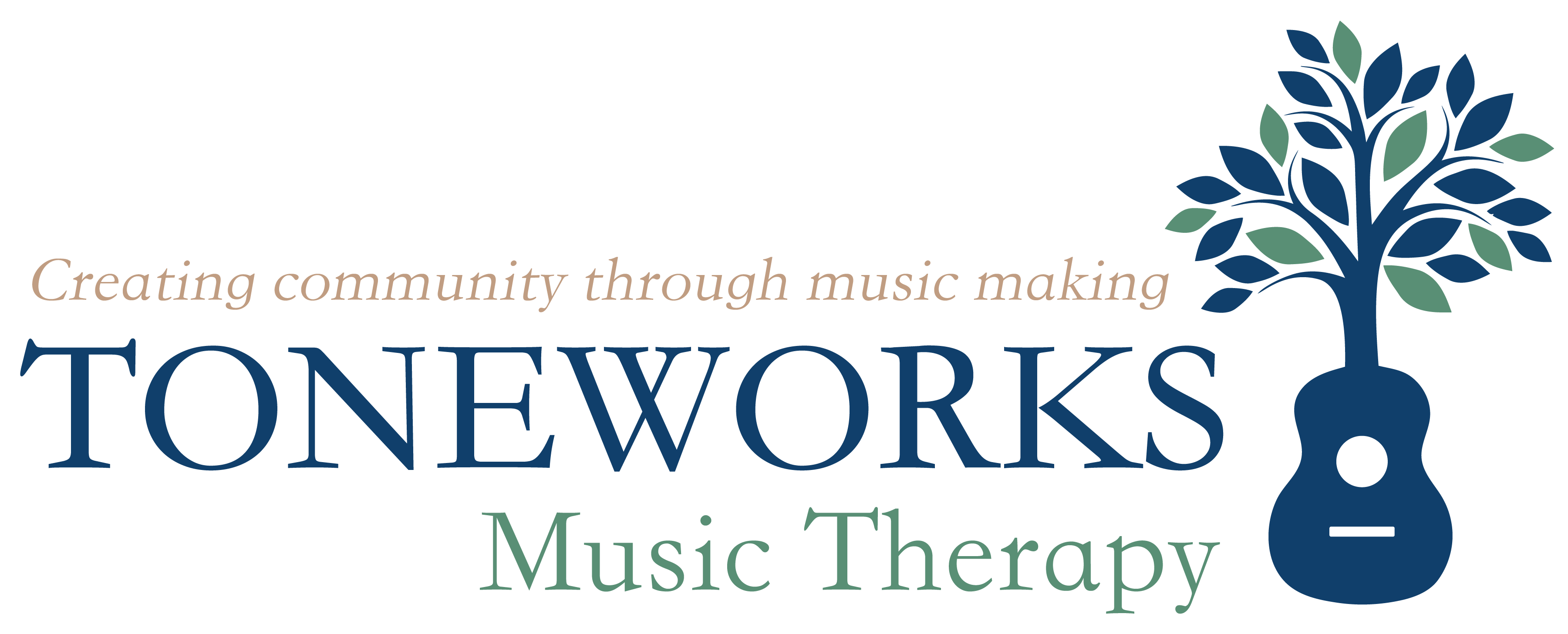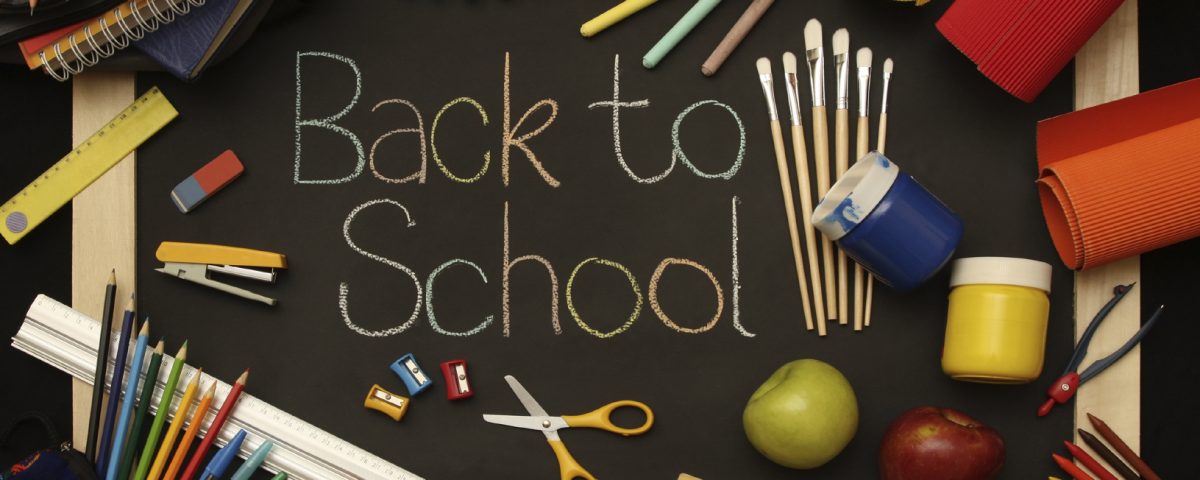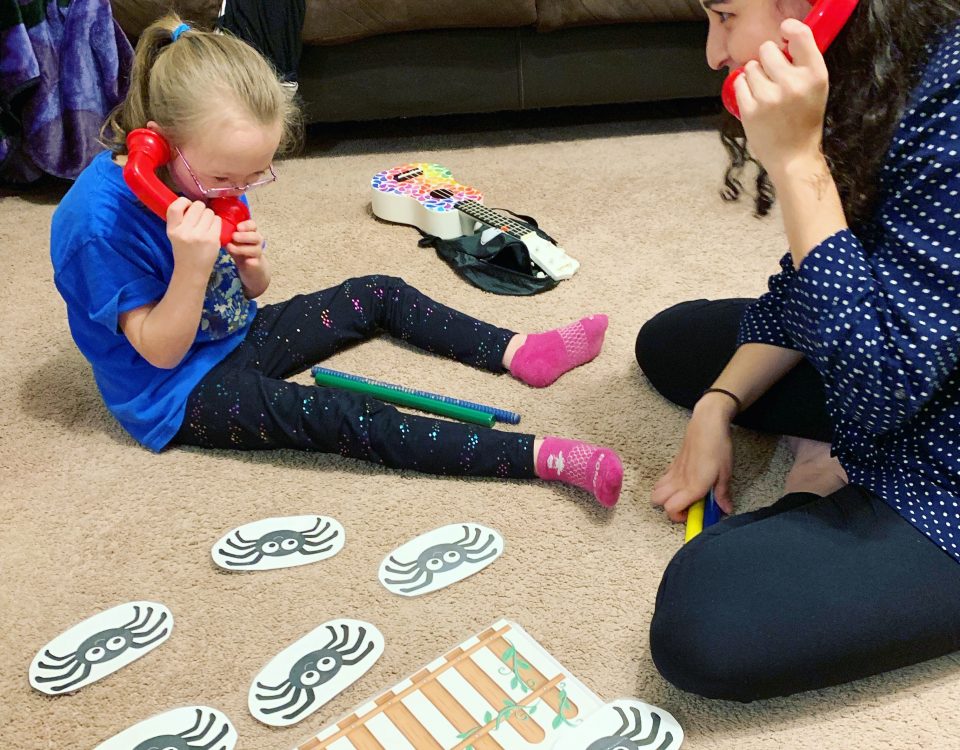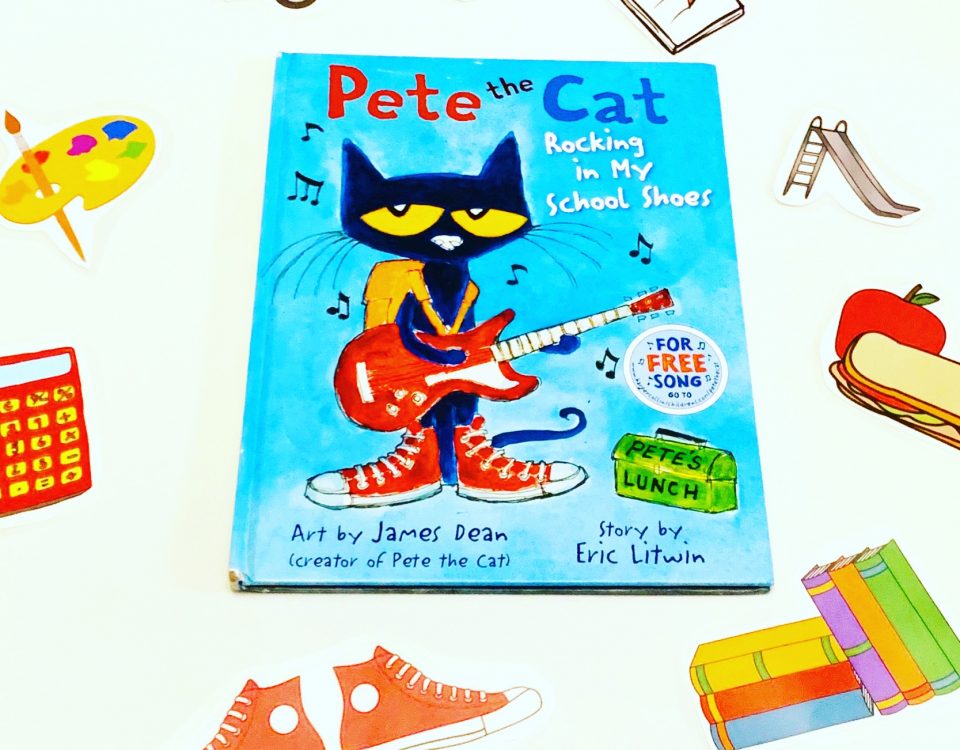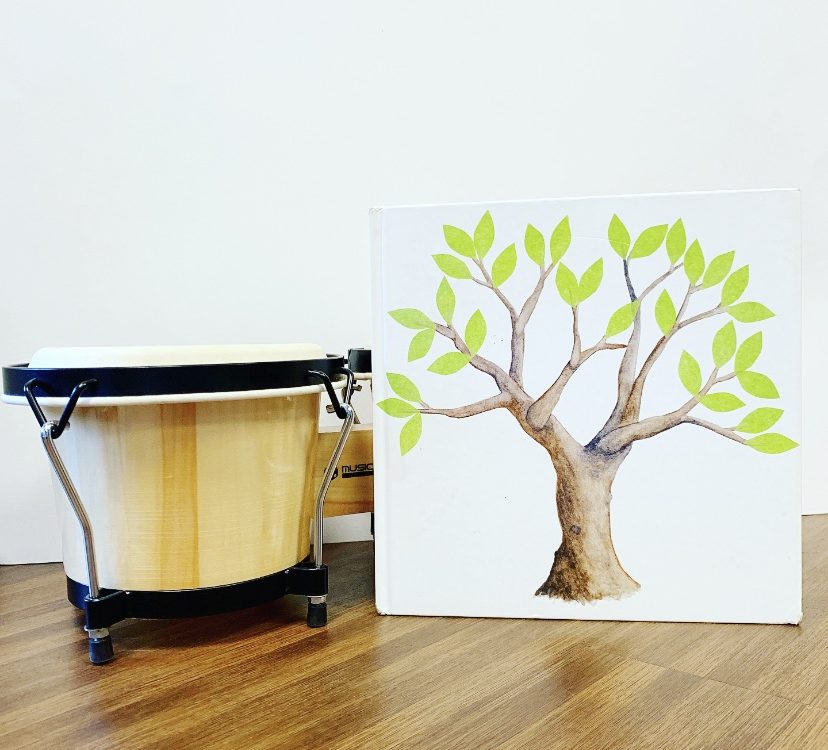5 Tips for Helping Children with Autism Spectrum Disorder Prepare for the New School Year

DIY: PECS Visual Schedule and Travel Binder

Spotify Playlist of the Week: Evening Unwind
Can you believe another school year is just around the corner!? We are excited to see familiar and new faces this year in our schools! While many parents and children are also eager, others may feel anxious about it. We gathered some useful tips that may help your child transition easier into the new school year.
Talk about it
Prepare your child by first discussing about what to expect and also talking about favorite memories from previous years. Not only will this remind them what school is all about but discussing favorite memories will create positive associations with going back to school. If your child is returning to the same school they were attending last year, bring up familiar teachers, aides, friends, and favorite school subjects. Talking about returning back to school is a great way to start the transition.
Visit and take a tour
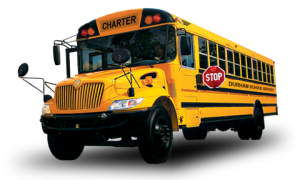
There are usually many opportunities to visit school before it starts. Taking a tour will help your child become familiar with the environment once again. If your child is attending a new school, this is a perfect way to get to know a new space!
Here are some ideas of what to tour:
- Classroom(s) – find out where your child’s desk will be placed, become familiar with the emergency exits, and where the teachers desk will be
- Your child’s schedule – practice the specific order of classes your child will be taking and while traveling from classroom to classroom, be sure to point out the closest restrooms, the lunchroom, and where they will be taking recess or study hall
- The bus – if possible, schedule a tour of the bus your child will be taking. This is a great opportunity to discuss bus rules and also meet with the bus driver that your child will be in contact with daily. If taking a tour of the bus is not possible, drive and rehearse the bus route with your child. Be sure to point out important stops or familiar landmarks that help your child locate where they are
- Locker/Cubby/Desk – this is the place where your child will have most of their supplies so it is important that they are familiar with where it is and easily locate needed supplies or books. If the school permits, a fun activity to do with your child is decorate the insides of these spaces. Not only does it channel their creative minds but it will also create a positive and special association with going back to school
Taking photos of these locations can be a great resource as well. Use the photos to familiarize your child with these new spaces. You could also create a social story with these photos that include pictures of the bus, classroom, teacher, and friends.
Having a schedule may also be helpful for individuals that are on the spectrum. Make the schedule with your child and be sure they always have one on hand. Visit our DIY Visual PEC Book blog post on how to create a custom schedule using the PEC book!
Practice and Rehearse
Practicing and rehearsing the upcoming schedule a couple weeks before school starts will give your child a head start! Begin with the night time routine:
- going to bed at the appropiate time
- choosing an outfit for the next day
- making sure their backpack is packed and ready to go
Morning routine:
- begin waking up at the appropiate time
- plan out breakfasts, get their day started with their favorite breakfast
- practice leaving the house on time to catch the bus
Reach out to the school

Begin by reaching out to the teacher(s) that will have the most contact with your child. If it is possible, set up a meeting and ask any questions you may have. Provide the teacher any information about your child – strengths, sensory challenges, likes, and dislikes. During the first week of school, don’t be afraid to ask for updates and progress and be sure to thank the teacher(s) and staff for all their hard work! If it’s possible, volunteer at the school as this will provide a familiar face for your child. That way you are able see your child’s experience and progress for yourself.
Make a fidget bag
Create a fidget bag that is appropriate for classrooms, just be sure to approve these fidgets with the teacher first. Opt for the most silent fidgets like stress balls, fidget spinners, a stretchy band, or a sensory bottle .Take a peek at our fidget blog post to find more options! One of the most important parts of this is making sure to have the teachers approval. Bring this topic up during your meeting and make sure your child knows when it is appropiate to use their fidgets and when it is time to put them away during class.
Transitioning can be difficult so we hope these tips help! We also hope everyone has a great start to the new school year! If you have any tips for transitioning from summer to fall that you would like to share, please let us know!
Alannah Forstner, Toneworks Music Therapy Intern
